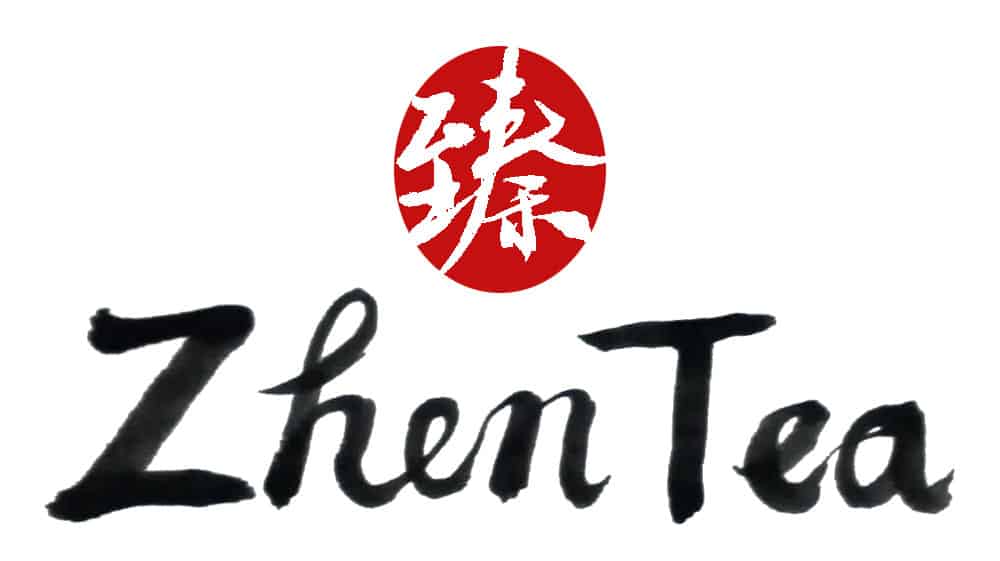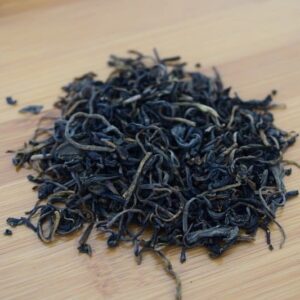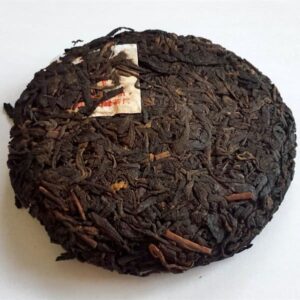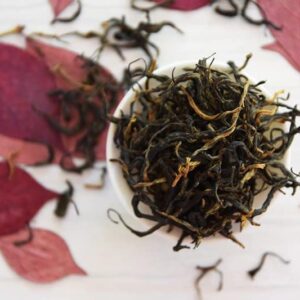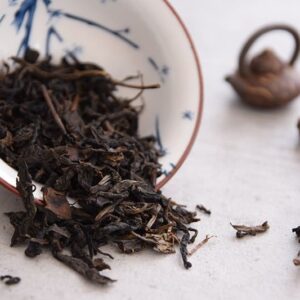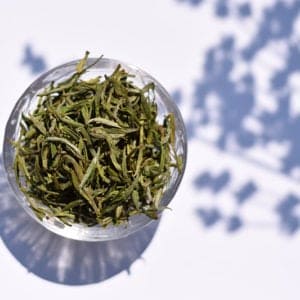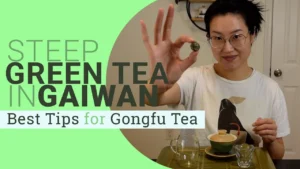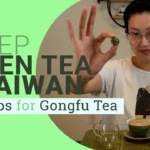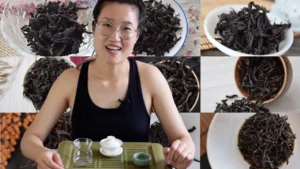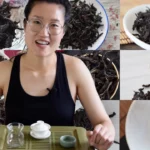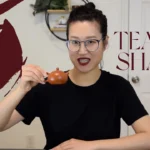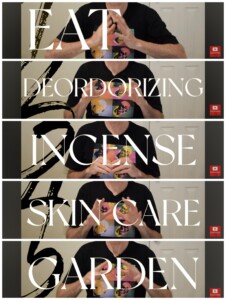Step One: choosing tea, vessels, and water
Tea has its color and aroma. Although it is the most common thing, it can elevate or be elevated, be simple or be simplified, to match your life and feelings in the moment.
Appraisal like an expert
Tea appraisal requires 3 looks, 3 smells, 3 tastes, and 3 aftertastes to obtain the full image of the tea.
SIP ALONG with
Da Ye Qing
Price range: $8.00 through $29.00
Dry Leaf: Butter cookies, sweet, hints of fresh straw
Liquor Colour: Light yellow-gold
Liquor Aroma: Gentle meadow grasses and flowers
Flavor: Hints of butter cookie and meadowy freshness
Mouthfeel: Clean and bright
Gaiwan Lid: Field of hay, light floral
Other: Refreshing, gentle crispness
-
Description
Da ye qing delivers a nearly perfect yellow tea experience while still being accessible to both the taste buds and the pocketbook. The leaf aroma starts off with freshly cooked butter cookies mingled with hints of straw and plenty of sweetness. The buttery cookie sweet roastiness flows into the liquor as well, evident in every sip and paradoxically combined with a refreshing, clean, crispness. Da Ye Qing truly teases the intersection of freshness and oxidation with it’s clean, bright mouthfeel and a somehow warming but simultaneously refreshing profile. The brewed leaf gives off a scent of sweet yams being steamed and the gaiwan lid teases us with fields of hay and a lilting floral note. Don’t miss out on this rare yellow tea treat!
-
Additional information
Origin Deqing, Guangdong Province.
Harvest April, 2023.
Brewing 3g/150ml at 90°C for 1 ½ min. 4 – 6 infusions.
Storage Sealed well in a cool, dry, dark location.
You may also like…
-
Huang Da Cha
Price range: $8.00 through $28.00 -
Old Tree Shu Pu’er 2017
$25.00 -
Dian Hong
Price range: $7.00 through $21.00 -
Ying Hong N°9
Price range: $12.00 through $40.00
3 Looks
First look at the shape, the color and the luster of dry leaves.
The first check is to see if it’s dried properly. Good quality tea has lower water content, which can be felt by touching it. If the tea crumbles with a light pinch, and the skin feels slightly prickled, it means the tea leaves maintained a good level of dryness. On the contrary, if the tea does not crumble easily, it means the tea has become damp and will taste bad and have poor aroma.
Second, look at the color and luster of the tea liquor. Check that the tea liquor is bright and radiant and that it has the correct color. While the tea liquor will vary depending on the process, a good tea should be clear with some brightness. A low quality tea liquor is dull and murky.
The third look is at the brewed leaves. Examining the fully opened leaves and buds after brewing. Good teas are tender, uniform, and complete, with no unexpected additives, no burnt spots, no redness in veins or stems, ect. Good oolong tea should have an obvious “red edge around the green leaves”.
-
Aged Premium Tian Jian 2013
Price range: $15.00 through $500.00
3 Smells
Gan wen(干闻)- the dry aroma
Smell the dry leaves closely to see if there’s any odour of staleness, moldiness or others that doesn’t belong to the tea.
Re wen(热闻) – the hot aroma
Once brewed, smell the tea while it’s hot. Good quality tea has a pure and clean aroma. If the aroma is light or there is no aroma at all, not even mixed in with potential odours, then the tea is not good.
Leng wen(冷闻) – the cold aroma
Leng wen means smelling the lid and the empty cup once they’re cooled. You’ll smell a lot different aromas compared to when the tea is hot.
-
Bai Hao Yin Zhen – Top Grade 2019
Price range: $10.00 through $176.00 -
Guzhu Zi Sun – Ming Qian
Price range: $31.00 through $120.00
3 Tastes
Pin huo gong(品火功) – taste the drying
This is to taste the effectiveness of the drying steps during processing. Is it over, or under done?
Pin zi wei(品滋味) – taste the flavour
The second taste is to taste the flavour of the tea. While the liquor flows to your mouth, let the taste buds at the tip, on the top, the sides and the back of the tongue fully experience the tea. Is it rich, brisk, sweet, deep and soft, or thin, bitter and astringent?
Pin yun wei(品韵味) – taste the yun of tea
Yuan Mei from the Qing Dynasty said to taste tea we should hold the liquor in the mouth and slowly swallow it. Only when we give the tea time in our mouth and feel it gently flow down the throat, can we really experience the yun in the tea. Yun is a ‘tea word’ that denotes throatfeel, a sensation that good and great teas give to the whole mouth and throat when tasting and swallowing. It is not a flavour but a sensation.
3 Aftertaste
Aftertaste means the lingering flavors and feelings after tasting the tea. After tasting a good tea, you’ll feel the sweetness lingering at the root of your tongue and salivation, the aroma stays in your mouth and nose for a long time, even the throat feels well nourished and qi (vigor or life-force) flows fluidly throughout your body. It’s a releasing and relaxing feeling.
-
Qian Liang Cha 2017
Price range: $10.00 through $35.00
